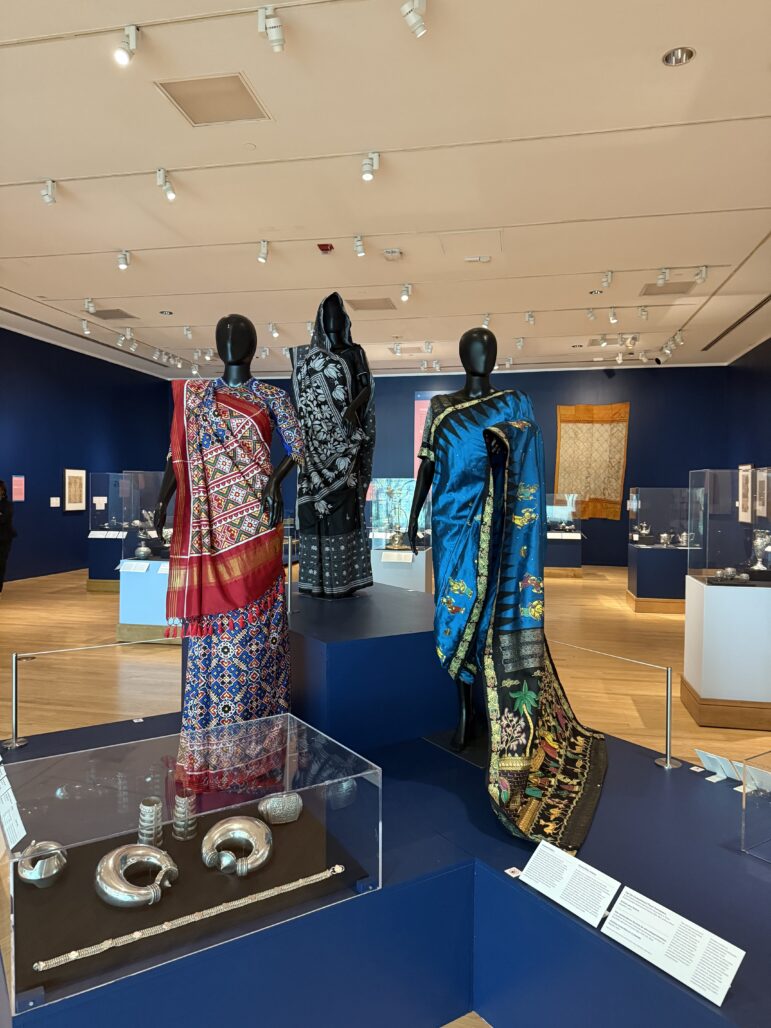Picture scenes from the Indian jungle, Hindu mythology and World War II military drills captured in dazzling silver objects. Those objects are on display right now in a special exhibit at the Birmingham Museum of Art.
Silver and Ceremony is made up of more than 150 suites of silver, sourced from India, and some of their designs. The collection is in large part from avid collector Harish K. Patel.
“ What he did when he identified and collected this work is more than just silver. It really is a window into the late 1800s, early 1900s, and the world that we all live in now,” Katherine Anne Paul, the Virginia and William M. Spencer III Curator of Asian Art, said.
The exhibition, housed in the Jemison Gallery, spans from 1830 to 1930 and features religious artifacts, jewelry and remnants from colonial India.
Silversmiths in the collection are from all over the subcontinent, but Oomersi Mawji’s work is abundantly represented. Mawji, who is from the state of Gujarat, is one India’s most renowned silversmiths. Mawji and his sons sold their work throughout South Asia and the world.
Silver, at the time of many of the items in the exhibit, was a less expensive metal compared to the century before. Due to developments, like the Comstock Lode in Nevada, silver was in abundance. The accessibility of the metal made it available for everyday goods, like hand mirrors, cigarette cases and coffee sets.
“ One of the things that is kind of endemic in the substances that we look at in this exhibition that are all promoted through silver are things that were initially made for medicinal use or religious use that become everybody’s everyday addictions,” Paul explained.
The shining vessels were once used for holding tobacco, sugar, coffee, tea, pepper, salt, mustard, beer, gin and tonics.
“All of those things are things that actually have origins in India and all are promoted through the silver in this exhibition.”
Beyond practical vessels, the silver tells the story of India’s colonization by Europe. Trade maps are displayed across from extravagant trophies, punch bowls and artifacts from India’s railroad system — a development that allowed for efficient global trade.
Paul said the Magic City was part of this economic change too.
“All this newfangled geology that was happening in mineralogy as people were learning how to harness iron deposits and coal deposits for the industrial age, which is why Birmingham exists,” Paul said..“And because we’re a railroad city, we would not exist as a city without railroads. So in some sense, all of this global silver is also a Birmingham story.”
Visitors can take in this global and local history at the Birmingham Museum of Art through November 30, 2025.
The Birmingham Museum of Art is a program sponsor on WBHM, but our news and business departments are editorially independent.
Vahini Shori is a Report for America corps member covering faith and culture for WBHM.
This reporting is supported by WBHM’s Local Journalism Innovation Fund. Find out more about the fund and how to donate here.

